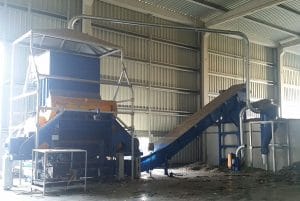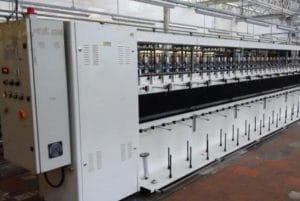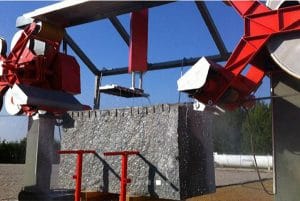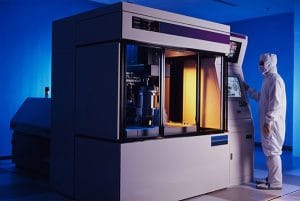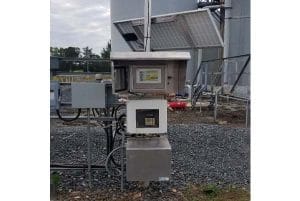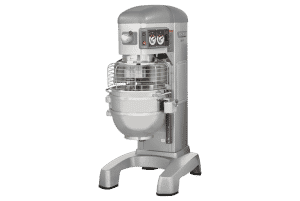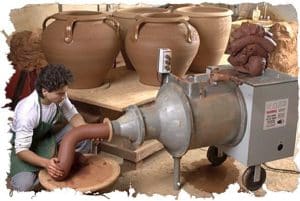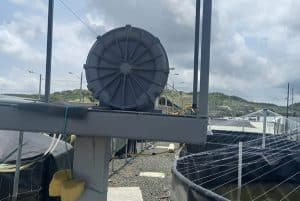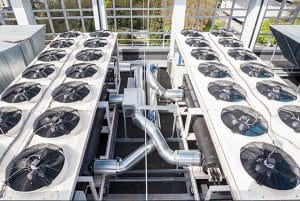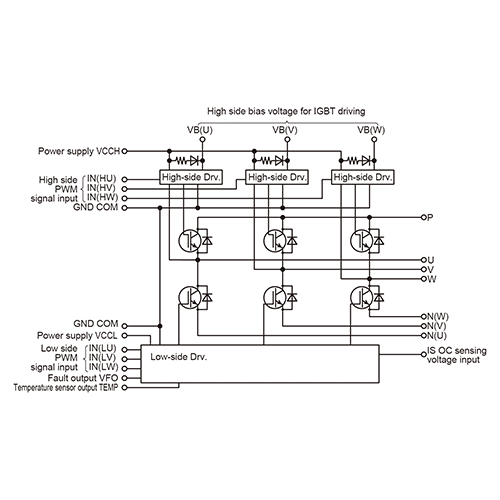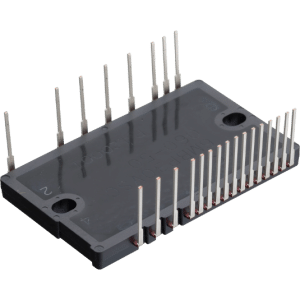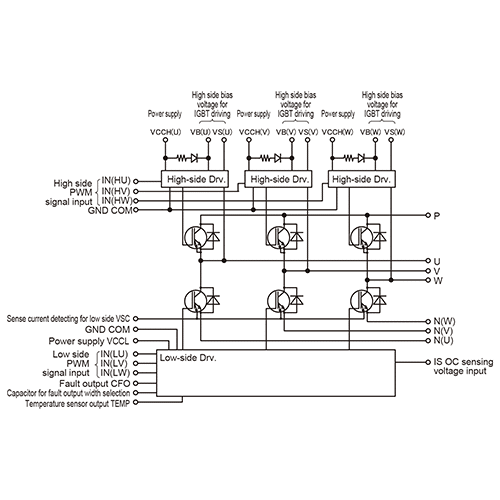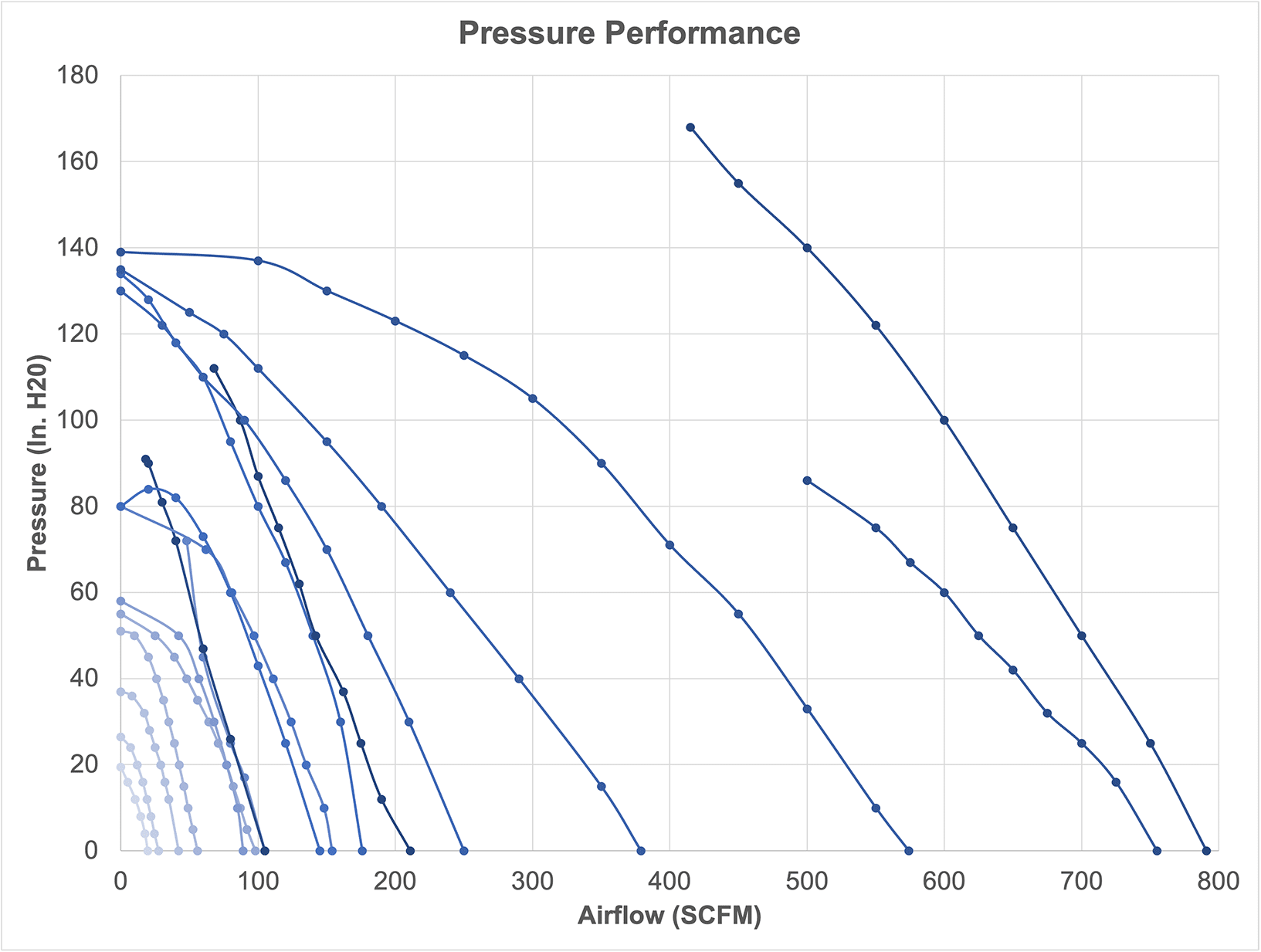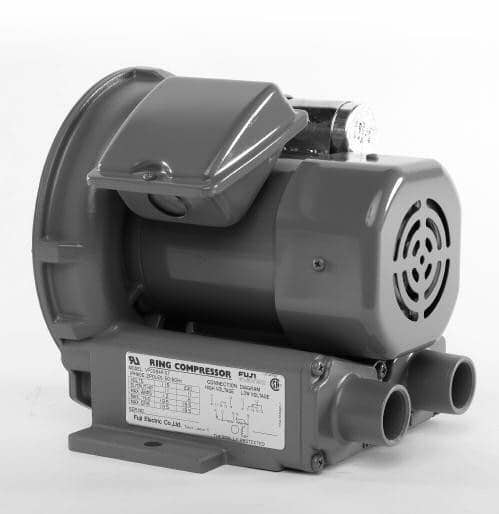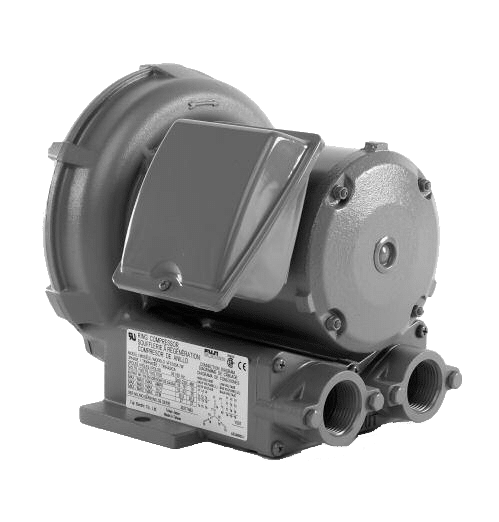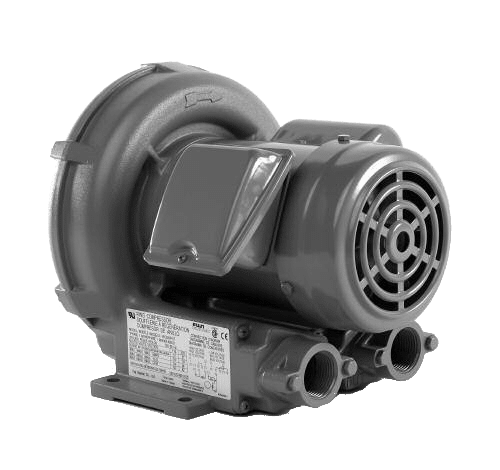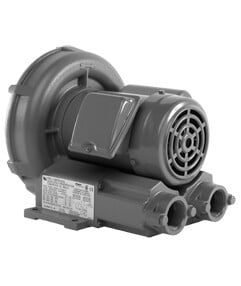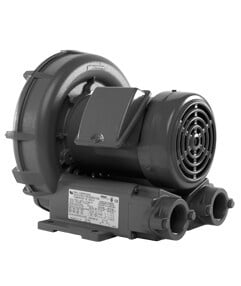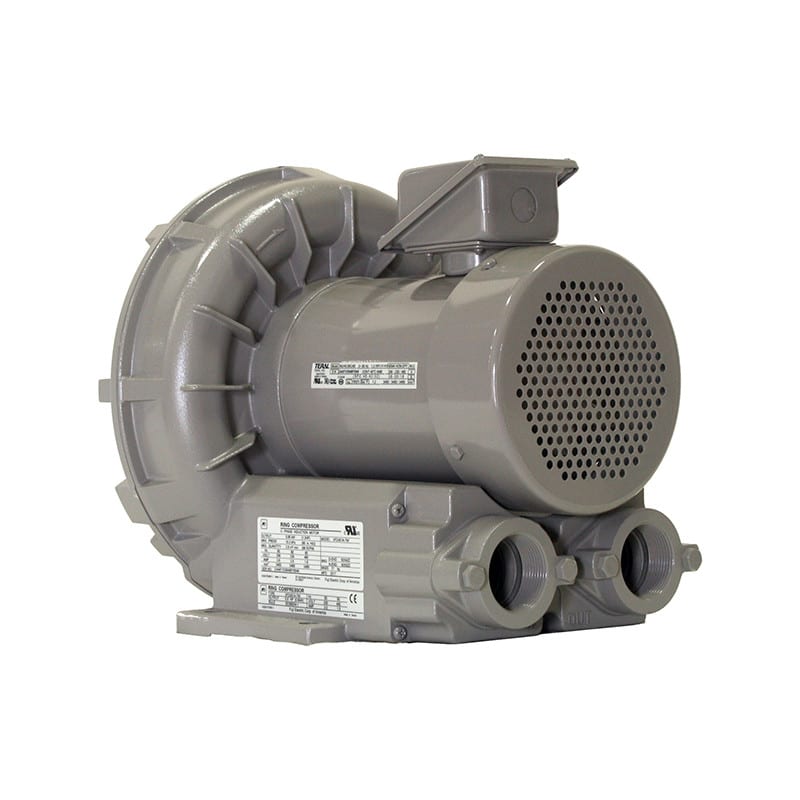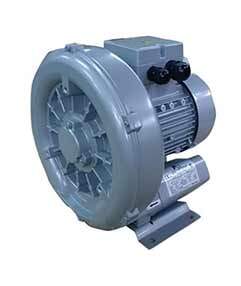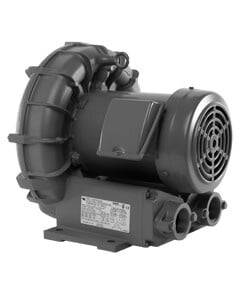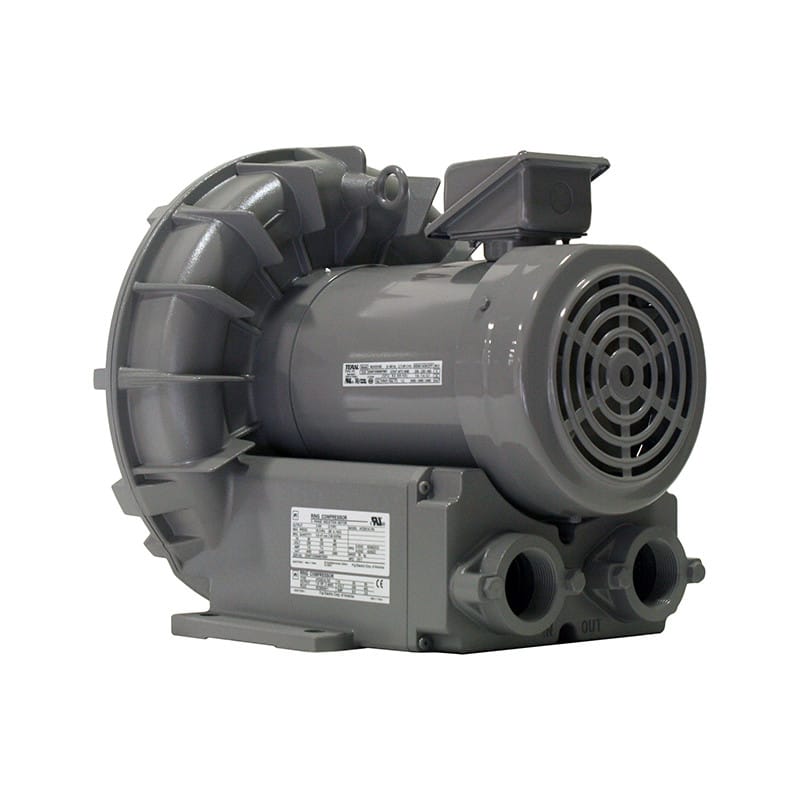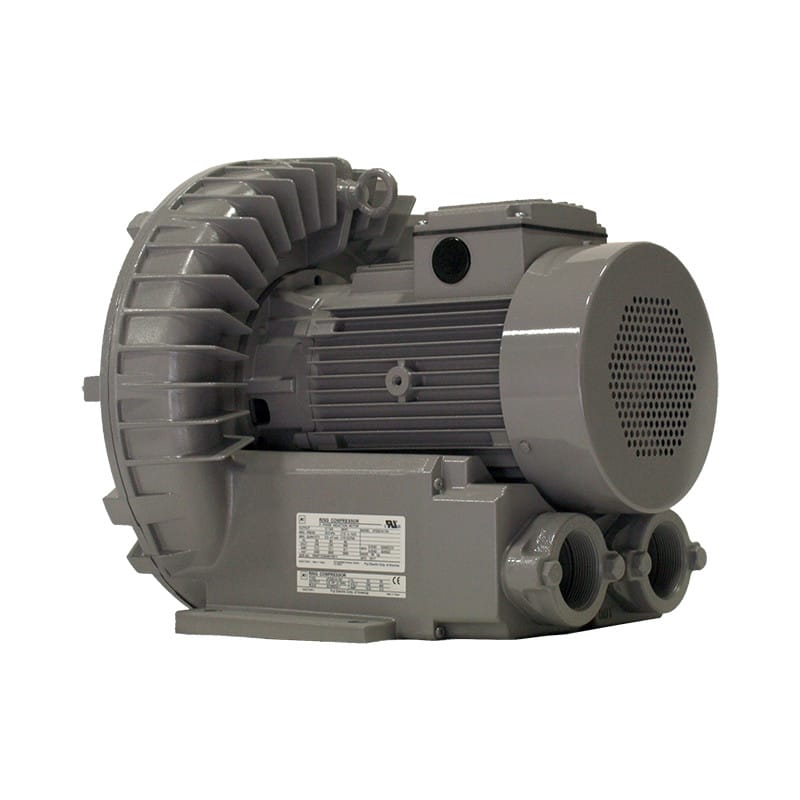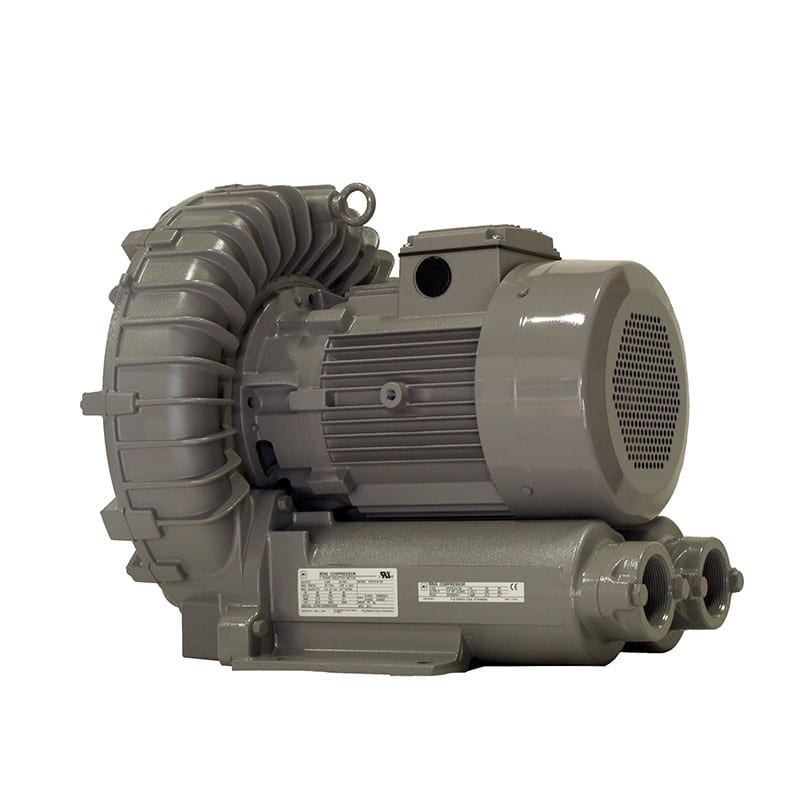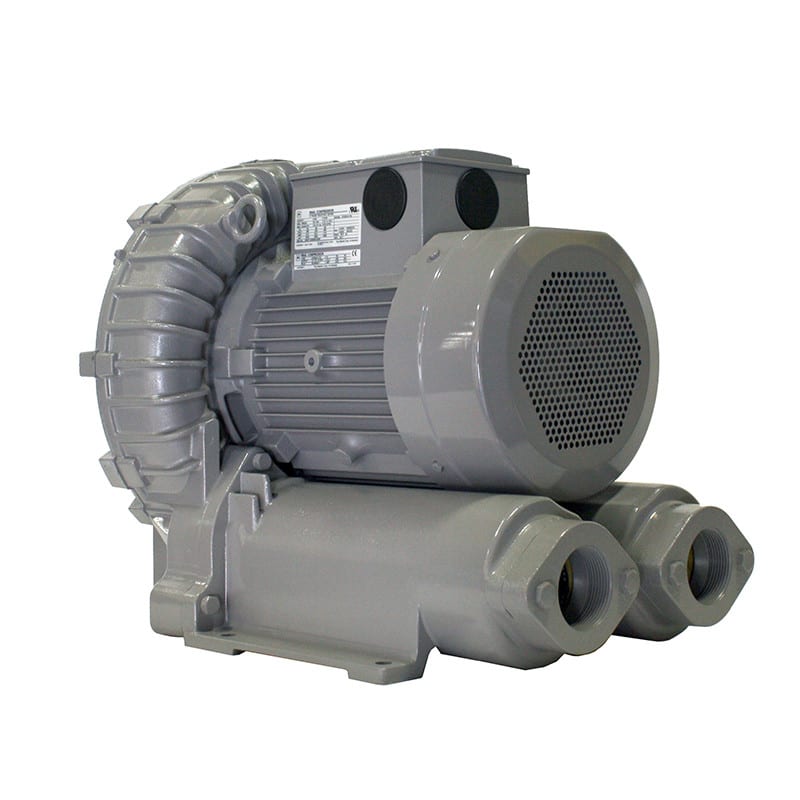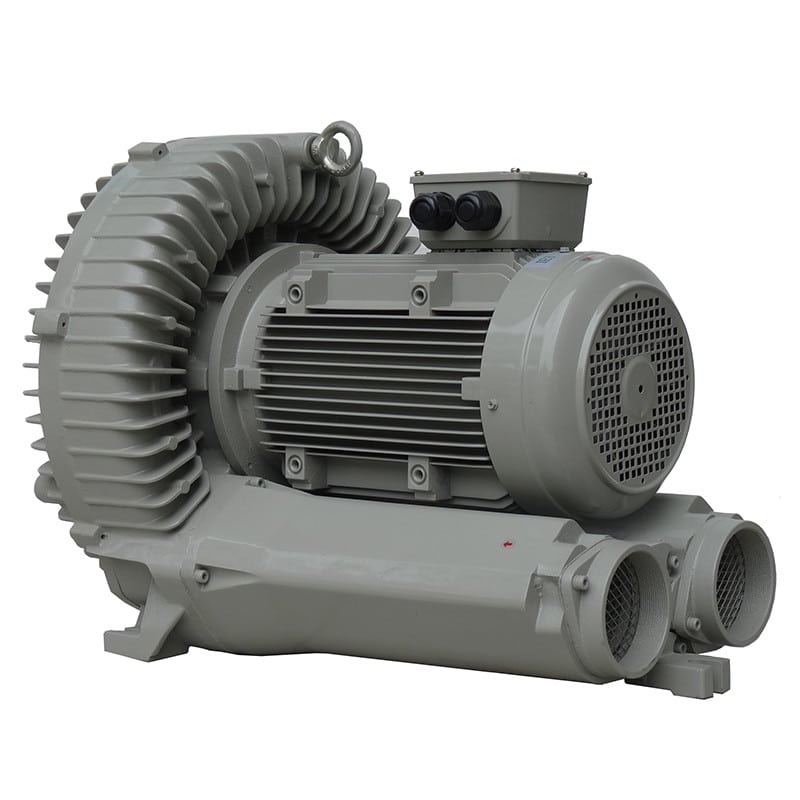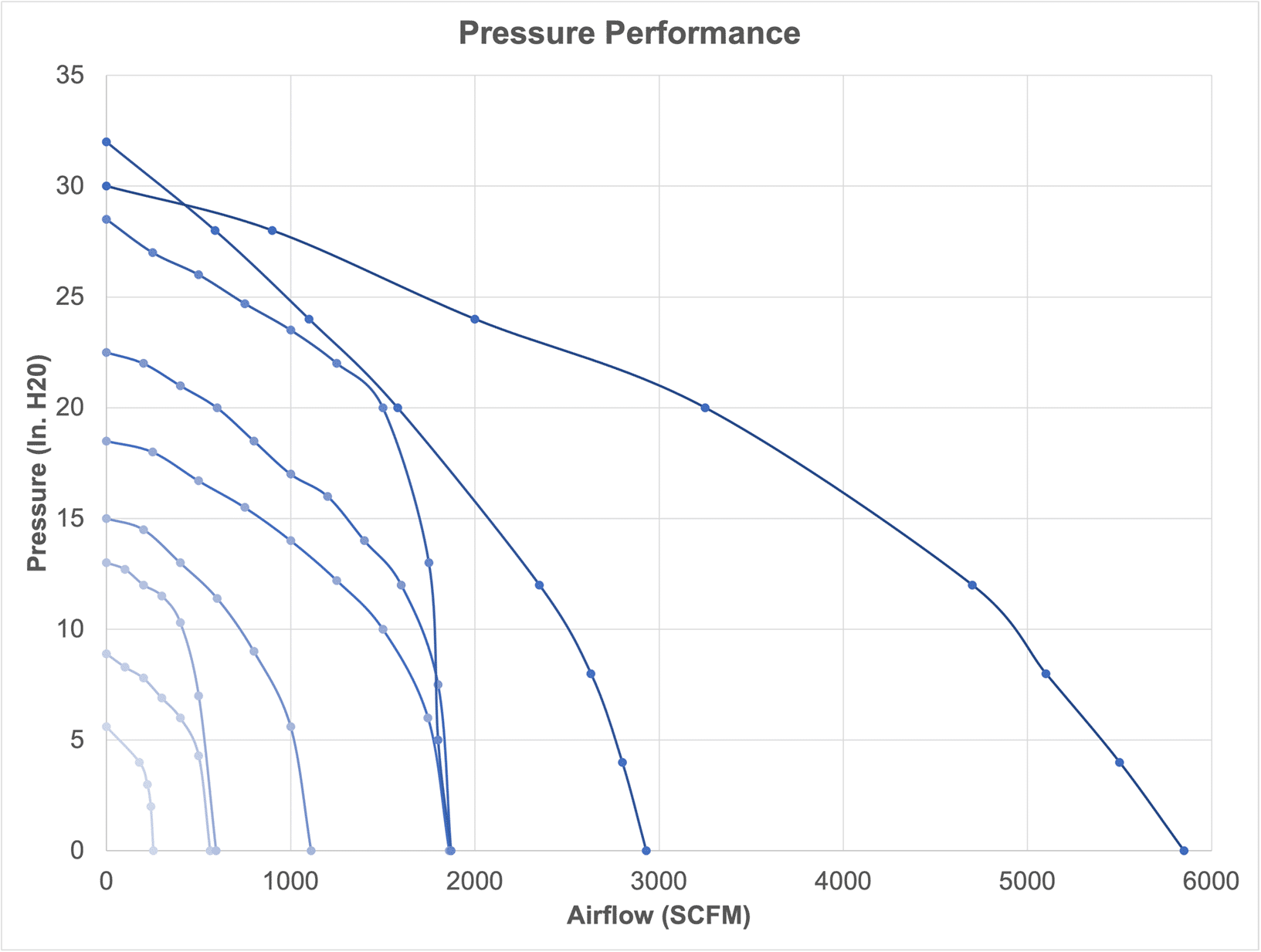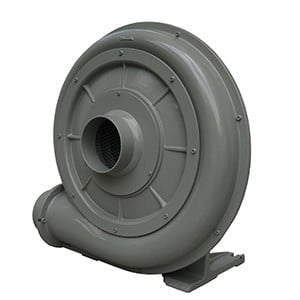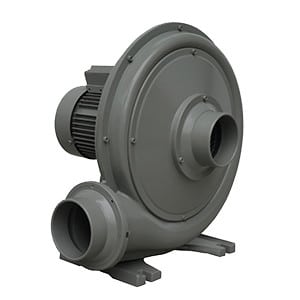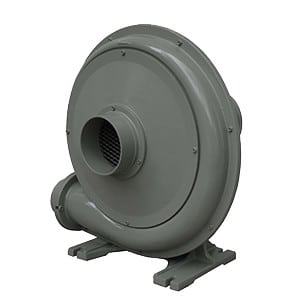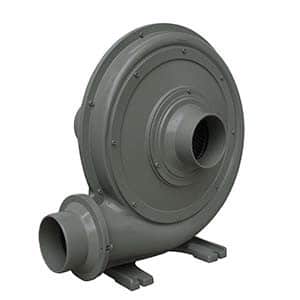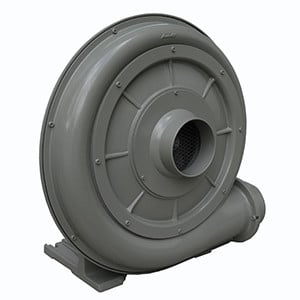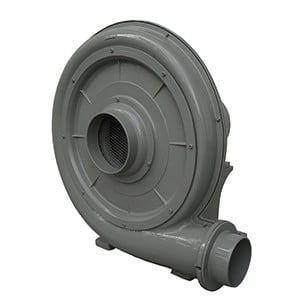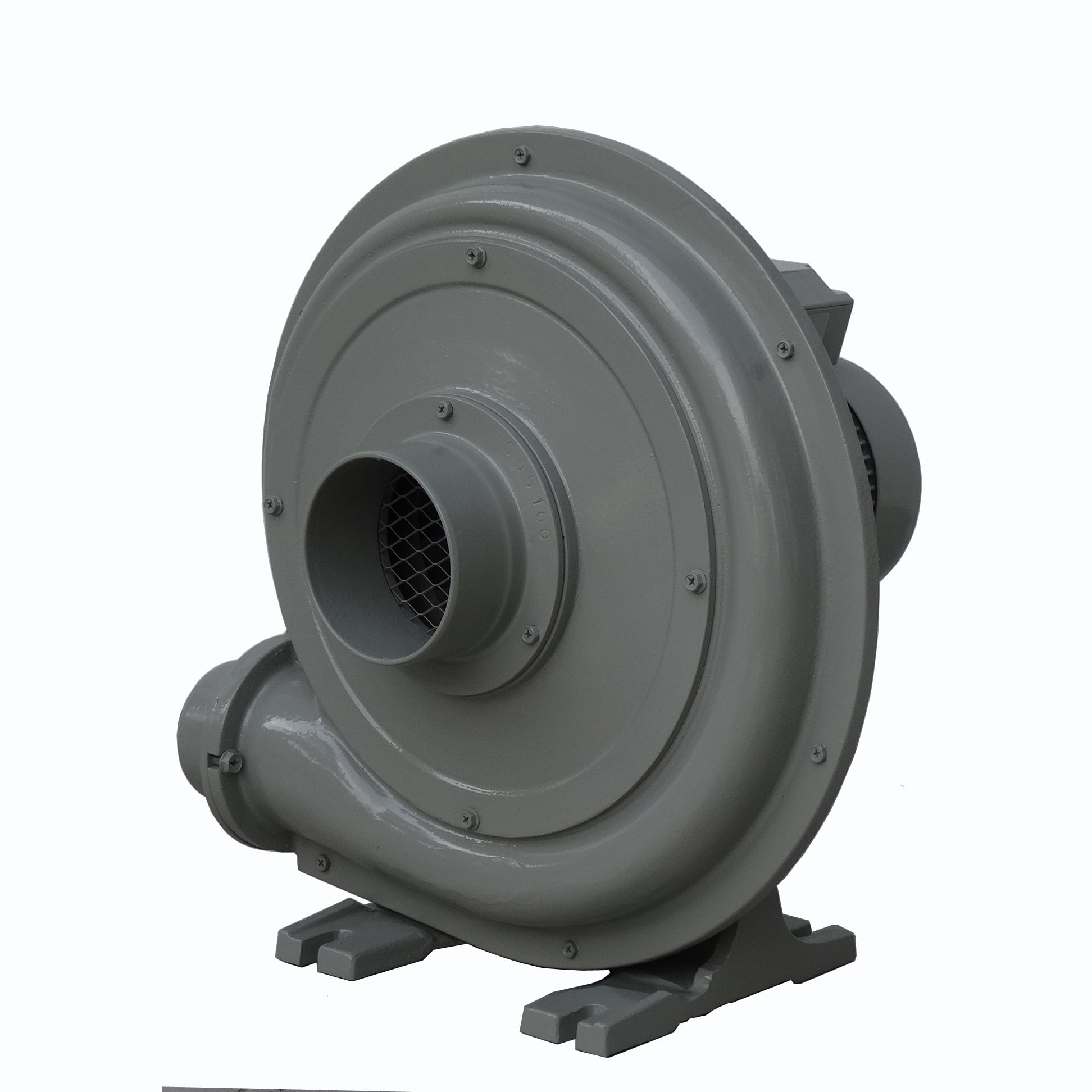AC drives can support a variety of communication methods to interface with other devices and control systems, allowing for advanced control, monitoring, and integration into larger systems. Here are some common communication methods used with AC drives: 
- Analog Signals: These are one of the most basic forms of communication used with AC drives. Common analog signals include 0-10V or 4-20mA, which can be used for setting the speed, torque, or other operational parameters.
- Digital Inputs/Outputs (I/O): Digital I/Os are used for simple commands such as start/stop, direction control, or enabling specific functions. Digital outputs can indicate status, faults, or confirmations of operations.
- Serial Communications:
- RS-232/RS-485: These are common for point-to-point or multi-drop communications, often using protocols such as Modbus RTU. They are typically used for settings, diagnostics, and controlling multiple drives from a single controller.
- Fieldbus Networks: These are industrial network protocols that allow multiple devices to communicate over a single network, reducing wiring costs and complexity.
- Modbus TCP: An Ethernet-based version of the Modbus protocol that is used widely in industrial applications for networking drives to PLCs and other devices.
- PROFIBUS: A widely used fieldbus in automation technology, providing high-speed communication between devices.
- CANopen: Commonly used in automation, primarily in Europe, for connecting devices like sensors, actuaries, and drives.
- DeviceNet: Based on CAN bus, used predominantly in the automotive and general industrial environments.
- Industrial Ethernet: This is increasingly popular due to its high speed and ability to support a large number of devices. Common Industrial Ethernet protocols include:
- EtherNet/IP: Widely used in factory automation for controlling, collecting, and exchanging data.
- PROFINET: An Ethernet-based standard for industrial networking in automation.
- EtherCAT: Known for its high speed and efficiency, particularly suitable for real-time applications.
- Wireless Communications: In some cases, wireless communication methods such as Wi-Fi or Bluetooth are used, especially where wiring is impractical or mobility is required.
- Proprietary Protocols: Some drive manufacturers may also offer proprietary communication options designed to optimize performance and integration with specific systems or applications.
The choice of communication method depends on the specific requirements of the application, including the level of control needed, the environment, the distance between devices, and the existing infrastructure. Compatibility with the overall system’s control architecture is also a crucial consideration.




